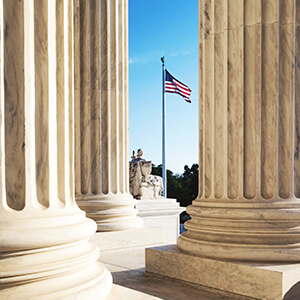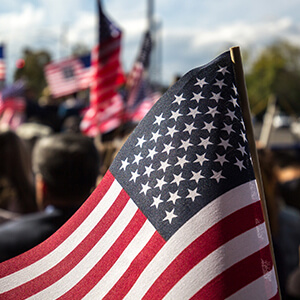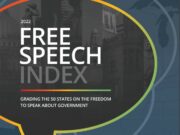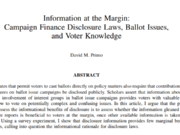Last month, the Journal of Supreme Court History published a new article from Institute for Free Speech Research Director Helen Knowles-Gardner detailing another aspect of the litigation history of the critical 1958 Supreme Court case, NAACP v. Alabama ex rel. Patterson. The resulting decision in that case was a historic victory to preserve the First Amendment rights of speech and assembly.
The article is entitled “Without a Little Help from Your Friends: The Supreme Court’s Rejection of the American Jewish Congress Amicus Brief in NAACP v. Alabama ex rel. Patterson (1958).” It can be found in the Journal of Supreme Court History, Volume 50 Issue 1 (March 2025), pages 54-88.
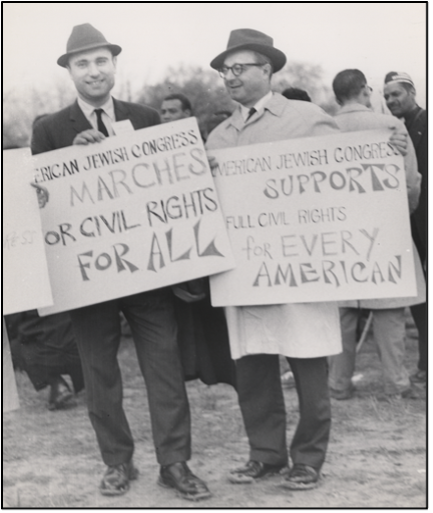
The American Jewish Congress and the NAACP were “frequent collaborators.” Pictured here are two AJC members participating in the march from Selma to Montgomery in 1965 (image courtesy of the American Jewish Historical Society).
From the abstract:
Beginning in 1939, the formal Rules of the Supreme Court stated that an amicus curiae brief could only be filed with the consent of the parties to a case (or, effective 1949, with the consent of the parties or a majority of the justices). Over the course of its history even when consent to file an amicus brief was withheld by one or both of the parties, the Court rarely denied a subsequent motion for leave to file the brief without the parties’ consent. This article engages in a case study of one of those rare denials – the denial of the motion filed by the American Jewish Congress (AJC) which sought to file an amicus brief in the First Amendment associational freedom case NAACP v. Alabama ex rel. Patterson (1958). The article analyzes the substance of the brief, the Court’s Rules that were in existence at the time, and the justices’ reaction to the AJC motion.
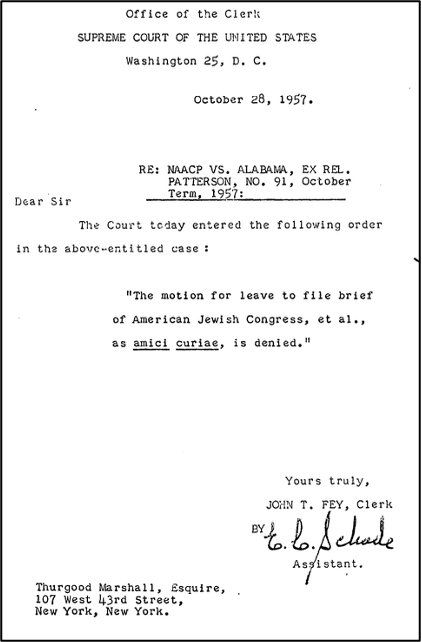
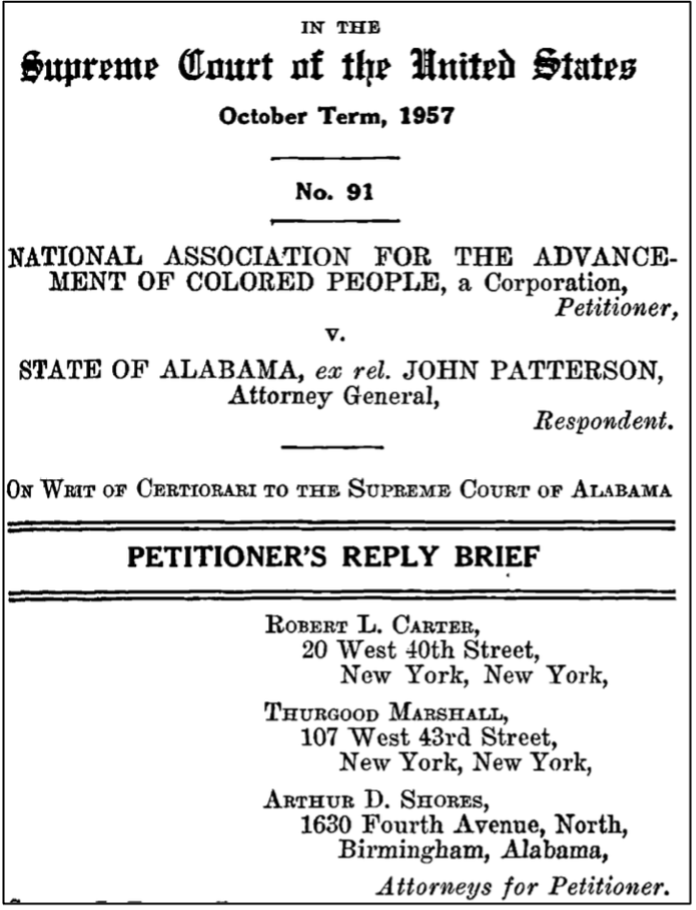
(Left) The vote to deny the AJC’s motion for leave to file an amicus brief in Patterson was made at the justices’ Conference on Friday, October 25. The Clerk of the Court formally notified Thurgood Marshall, in writing, on October 28. (Papers of the NAACP, Library of Congress.)
(Right) Robert Carter, the NAACP’s General Counsel, was initially reluctant to file a Reply Brief in Patterson. He was eventually convinced to do so by the AJC’s Shad Polier. Ultimately, the Reply Brief incorporated, verbatim, many sections of the AJC’s amicus brief. So, although the motion for leave to file the amicus brief did was not granted, that brief’s content did reach the justices’ desks, albeit in a different form.
This piece is the third article authored by Knowles-Gardner about the NAACP litigation. The Seattle University Law Review published the first installment, “The First Amendment to the Constitution, Associational Freedom, and the Future of the Country: Alabama’s Direct Attack on the Existence of the NAACP,” on First Amendment Day (September 25, 2024, and the Journal of Supreme Court History published the second installment in November 2024.
